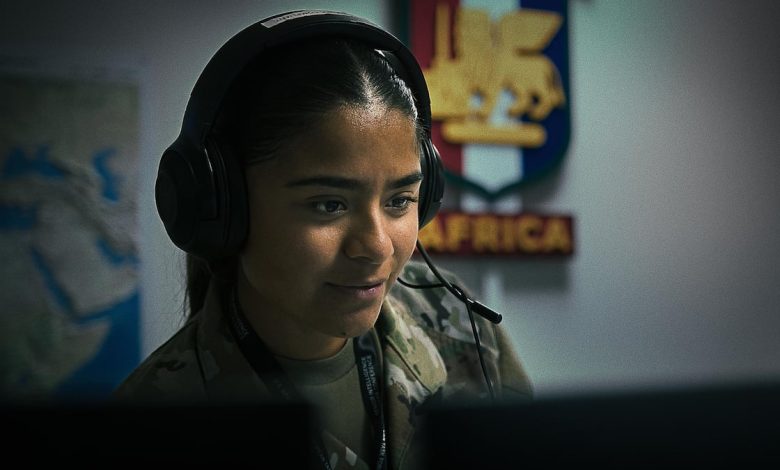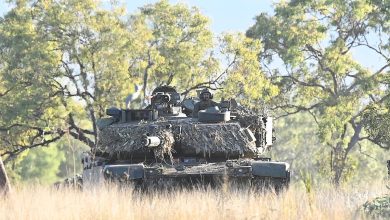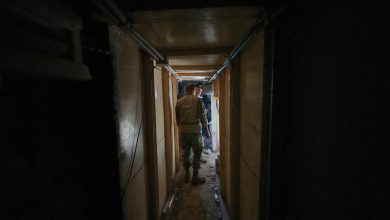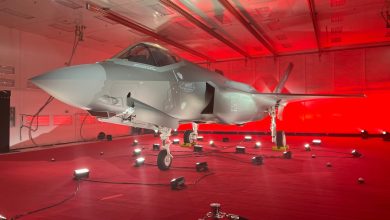Army Southern European Task Force, Africa turns to AI for wargaming

In a wargame last month to test crisis plans, the Army’s Southern European Task Force, Africa, or SETAF-AF, used artificial intelligence to enhance the approach.
“AI helps planners search curated data, answer doctrinal questions and prototype simulations,” Robin Kuo, a SETAF-AF strategist and planner, said in an Army release.
The wargame, part of a deployment readiness exercise at Vicenza, Italy, took advantage of Maven, the Pentagon’s flagship AI project that began in 2017.
While the Army didn’t provide details of the exercise, it described the wargame as a means to “stress-test the command’s response to real-world crises.”
“This exercise demonstrated how SETAF-AF remains a force multiplier for U.S. Army Europe and Africa and U.S. Africa Command (AFRICOM), ready to rapidly respond as a joint task force when needed,” the Army said. “Planners gathered at SETAF-AF headquarters to begin wargaming different courses of action for crisis response scenarios.”
RELATED
In many respects, the SETAF-AF event appeared to be a typical military wargame. Players moved pieces on maps spread across tables. Teams represented friendly and opposing forces, with sub-groups focusing on specific tasks such as operations and logistics. Facilitators injected various events to which the participants had to respond, with outcomes serving as the basis for discussion on why particular courses of action were chosen or not.
Kuo said in the release that by incorporating Maven, his staff “was able to better manage data and improve decision support,” and that AI “can support faster, more informed decisions.”
The wargame also explored what happens if AI suddenly is unavailable, which can happen if, for example, the enemy disrupts communications links between users and remote AI servers.
“If AI wasn’t there or was suddenly taken down or offline, how do we practice that?” Kuo asked. “The team focuses on creating decision-driven data, not data-driven decisions.”
Kuo, an Army reservist, used his commercial experience in interactive art and user experience design to make Maven more accessible for the wargame participants.
“I have an understanding of how an audience interacts with interfaces so I can build things in Maven that are more user-friendly,” he said in the release.
AI is quickly becoming indispensable to military wargaming. Historically, computer simulations are expensive to develop, while tabletop or seminar-style games are labor-intensive and can only utilize limited amounts of data. AI can process huge amounts of data to create wargame scenarios or adjudicate outcomes, and large language models like ChatGPT are user-friendly for assisting players with information on topics such as geography and history.
For example, in August the Air Force published a Request for Information on wargames that can “simulate high-intensity conflict conditions in order to stress test training and accession pipelines and explore sustainment under high attrition.” The AI would be capable of generating scenarios, injecting events during the game, responding to and adjudicating player decisions, and performing post-game analysis.
However, AI can also be dangerous to wargaming, two RAND Corp. researchers recently warned.
“AI can help the wargaming community expand its reach,” they said. “If, however, AI is used to replace human judgement — for example, to ‘impersonate’ an adversary decision-maker or to replace human interaction — we risk a dangerous mirage of knowledge, and there be dragons.”







